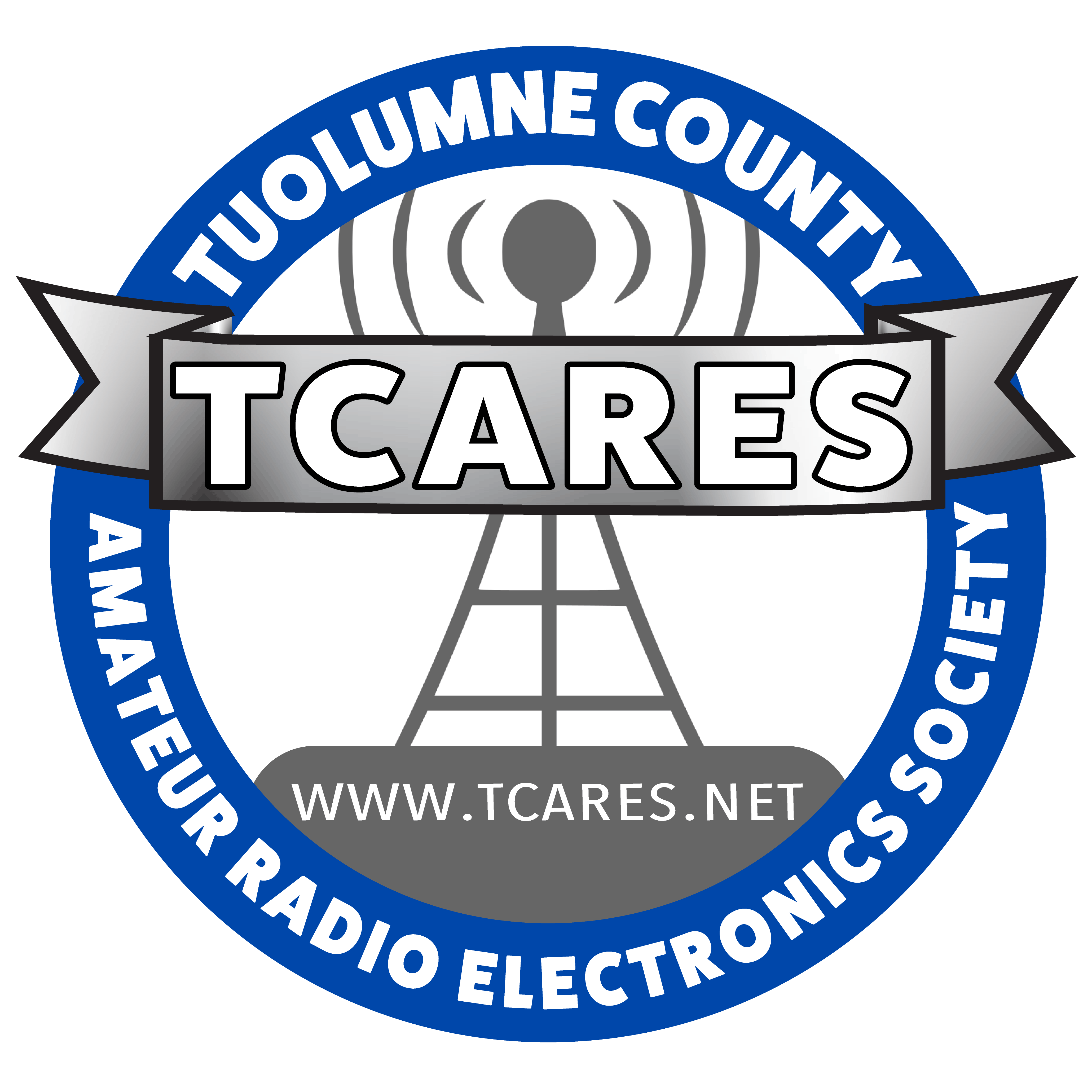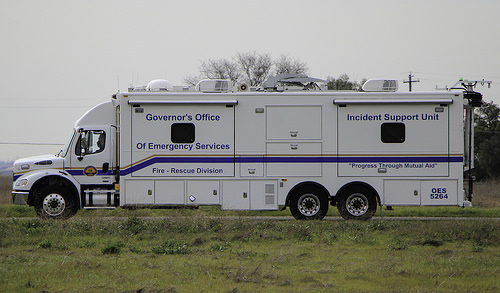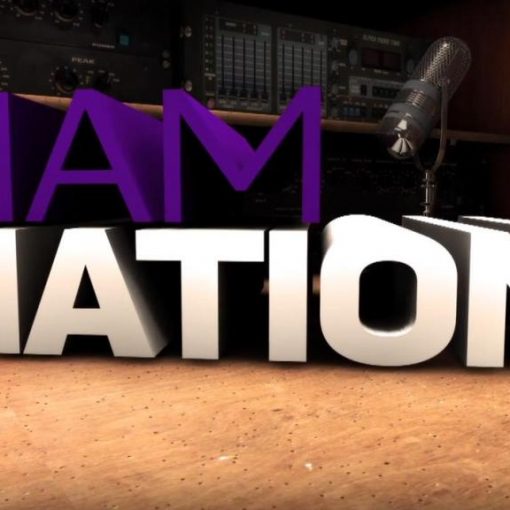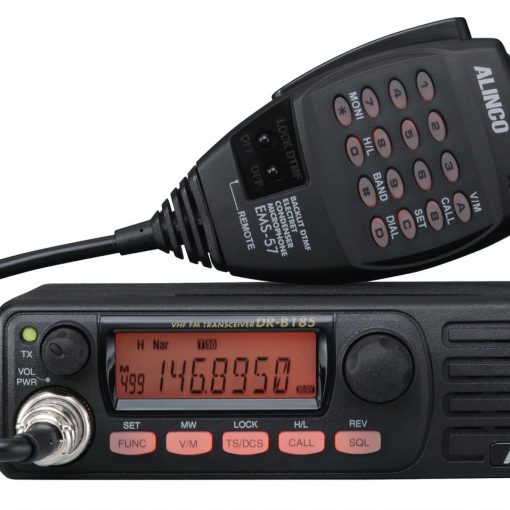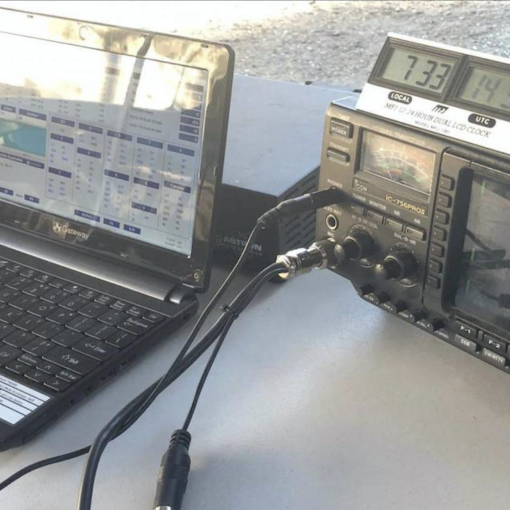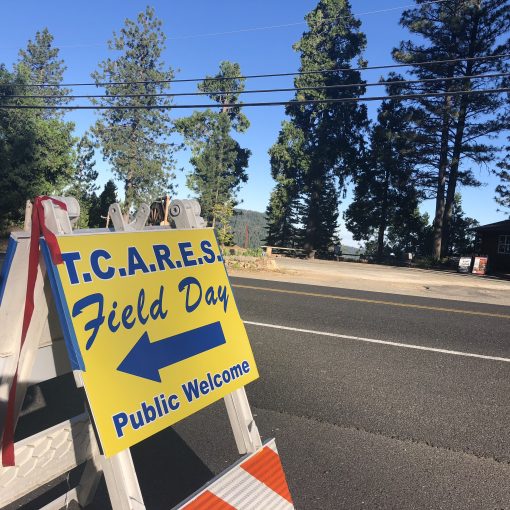I have only been a licensed ham operator since August 23, 2011, so most of the history of the hobby comes from what I hear from other hams who have been in the hobby longer than I have. But I have been in the emergency services as a fire fighter and medic for 38 years. I have observed the evolution of the emergency services in America generally and in California specifically over that time. My observations have lead me to think that perhaps The Future of Amateur Radio will be different from its past.
Learning about the history of the ham radio service it is obvious that it had its roots in two primary purposes: 1) studying and developing electronic communication, and 2) supporting governmental emergency services when those services were overwhelmed or stretched beyond capacity.
The ham radio service has been instrumental in developing reliable electronic communications for decades. It pioneered such things as sub audible tone control, digital communication, satellite and microwave communications. Over the decades it has also provided critical communication services to local, state, and federal government agencies in times of crisis; however, it may be time to re-examine the role that the amateur radio service plays in that arena.
Over the last three decades, particularly in California, we have seen the communications capacity of local, state, and federal government emergency services increase by leaps and bounds. Virtually every fire engine in California is capable of communicating with every other fire engine in California. Fire fighters pull into the Incident Base and the first order of business is to have their handi-talkies programmed with the frequencies / tones for that incident. Caches of radios are stashed in strategic locations and available at a minute’s notice, not to mention the portable mountain top repeaters and radio technicians that come with them.
Add to this the fact that more and more fire agencies are being required to ensure the health and safety of every person assigned to the incident, even in the ‘base camp.’ They can no longer allow just anyone into the base, but only those who have been trained and qualified to ensure their own safety as well as the safety of those around them. Emergency service agencies have become less and less comfortable using ‘non-emergency’ personnel who are not both trained and physically qualified for the arduous work that may be required of them.
I believe that these two basic reasons – higher capacity communications & reticence to use non-professional folks – have resulted slowly, but surely in the reduced frequency of ‘call-outs’ that ham radio groups have experienced throughout California. At the same time, amateur radio groups have seen an uptick in community support requests such as parades, fairs, fund raising events, marathons and runs, etc.
It is probably time that ham radio clubs, including TCARES, revisit its core purpose(s) for existence. Is it going to continue to attempt to be prepared and organized for ‘emergency call-outs’ (even though there have been none for several years) on the hope that it will happen, or should it focus more on tasks that are likely to be used, such as supporting other community organizations in their events?

This ‘trend’ has been observed by many leaders in the amateur radio service including Howard E. Michel, the CEO of the American Radio Relay League (ARRL). The March 2019 edition of QST Magazine has a very interesting and pointed article entitled “Toward a More Secure Future.” I recommend that every ham operator and TCARES member read that opinion from the leader of the amateur radio services in America.
Larry Crabtree is the President of TCARES (Tuolumne County Amateur Radio & Electronics Society). He holds a General Class Amateur Radio License with the call sign KJ6QVI.
